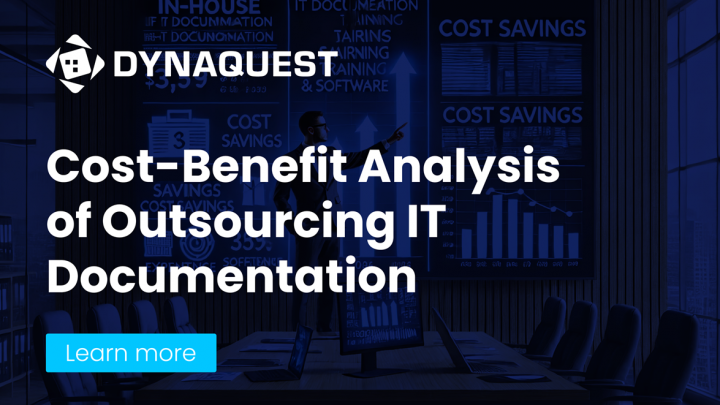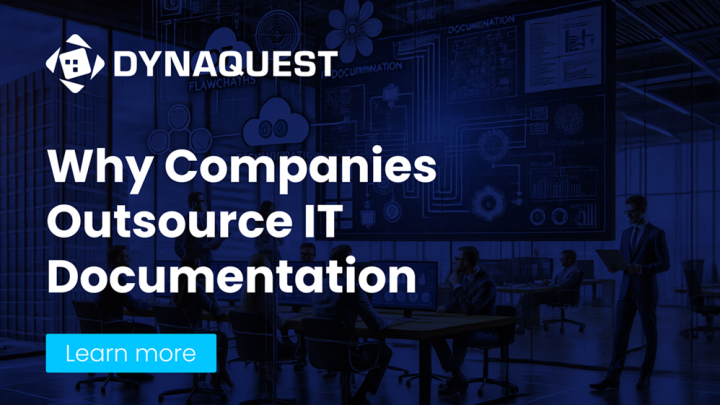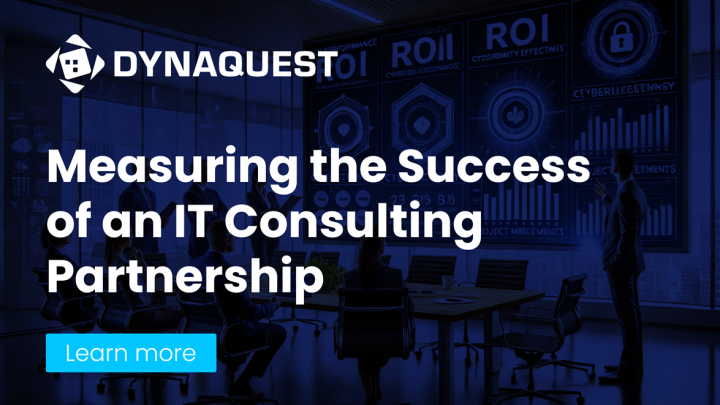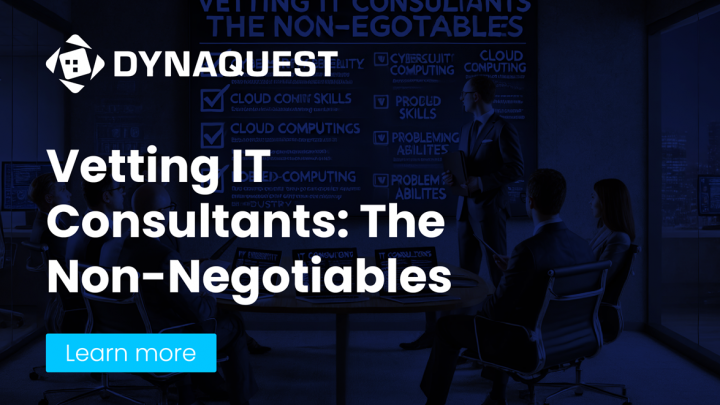The Long-Term Impact of IT Documentation Outsourcing
Beyond Cost Savings: The Bigger Picture Outsourcing IT documentation isn’t just about reducing costs or freeing up internal resources—it has a long-term impact on business efficiency, security, and scalability. Companies that invest in professional documentation outsourcing benefit from: ✅ Improved knowledge management – Employees can quickly access accurate information.✅ Reduced training costs – New hires onboard faster with clear documentation.✅ Increased operational efficiency – IT teams spend less time answering repetitive questions.✅ Compliance readiness – Regulatory audits become smoother with well-maintained documentation. In this final section, we’ll analyze the return on investment (ROI), how automation is reshaping IT documentation, and strategies for future-proofing outsourced documentation. Cost-Benefit Analysis of Outsourcing IT Documentation When evaluating the long-term impact of outsourcing IT documentation, companies should consider both direct and indirect cost savings. Direct Cost Savings 📌 Lower labor costs – Hiring in-house technical writers can be expensive, whereas outsourcing offers a pay-as-you-go model.📌 Reduced software expenses – Many outsourced providers include documentation tools, eliminating the need for companies to purchase specialized software.📌 Scalability without hiring – Companies can increase or decrease documentation efforts without the commitment of hiring full-time employees. Indirect Cost Savings 📌 Time savings for IT teams – Internal IT staff can focus on core business functions instead of documentation tasks.📌 Fewer IT support requests – A well-maintained knowledge base reduces employee dependency on IT help desks.📌 Minimized compliance risks – Updated regulatory documentation prevents costly penalties and legal issues. A 2023 report from Deloitte revealed that businesses that outsource IT documentation see an average cost reduction of 30%–50%, while improving overall operational efficiency. The key takeaway? IT documentation outsourcing isn’t just an expense—it’s an investment that drives long-term business growth. The Role of AI and Automation in IT Documentation Artificial intelligence (AI) and automation are revolutionizing IT documentation. Forward-thinking businesses are leveraging AI-powered documentation tools to: 🤖 Automate document updates – AI tools track system changes and update manuals accordingly.🤖 Generate self-service knowledge bases – Chatbots and AI-driven platforms provide instant IT support.🤖 Analyze document usage – AI identifies which documentation is most accessed and which needs improvement. AI vs. Human-Created Documentation: Striking the Right Balance While AI improves speed and efficiency, human experts ensure accuracy, compliance, and clarity. The ideal approach is a hybrid model where AI handles repetitive tasks, and professional technical writers refine and validate the documentation. How to Transition from In-House to Outsourced IT Documentation Shifting IT documentation from an in-house model to an outsourced provider requires careful planning. A poorly managed transition can lead to data loss, knowledge gaps, and employee resistance. Step-by-Step Transition Plan 📌 Step 1: Conduct an Internal Audit 📌 Step 2: Select an Outsourcing Partner 📌 Step 3: Migrate Existing Documentation 📌 Step 4: Implement a Review & Feedback Process 📌 Step 5: Train Employees on the New Documentation System By following this structured approach, businesses can seamlessly integrate outsourced IT documentation without disruptions. Real-World Case Studies: Success Stories in IT Documentation Outsourcing Case Study 1: How a SaaS Company Scaled Documentation Without Hiring Challenge:A fast-growing SaaS company struggled with outdated API documentation, leading to customer frustration and an overloaded support team. Solution:The company outsourced API documentation to a specialized IT writing agency, which:✅ Updated existing guides to reflect the latest software changes.✅ Created a self-service knowledge base to reduce support tickets.✅ Implemented a structured update system to keep documentation current. Result:🚀 40% reduction in customer support queries.🚀 Faster onboarding for new users, improving customer satisfaction. Case Study 2: Compliance Made Easy for a Financial Institution Challenge:A banking firm faced strict regulatory documentation requirements but lacked the internal expertise to maintain compliance reports. Solution:The firm outsourced compliance documentation to an agency experienced in financial IT regulations. Result:🏆 100% compliance in audits, avoiding penalties.🏆 Reduced internal workload, allowing IT teams to focus on cybersecurity. These examples highlight how strategic IT documentation outsourcing can drive measurable improvements in efficiency and compliance. Final Thoughts: Is IT Documentation Outsourcing Right for You? IT documentation outsourcing is more than just a cost-saving measure—it’s a strategic move for businesses aiming to improve efficiency, scalability, and compliance. While concerns such as data security and quality control exist, choosing the right outsourcing partner and implementing best practices can mitigate risks. If your business struggles with inconsistent, outdated, or time-consuming IT documentation, outsourcing might be the perfect solution to streamline operations without burdening your internal team. 📌 Next Steps: Assess your company’s IT documentation needs, explore outsourcing options, and take the first step toward a more efficient documentation strategy.









